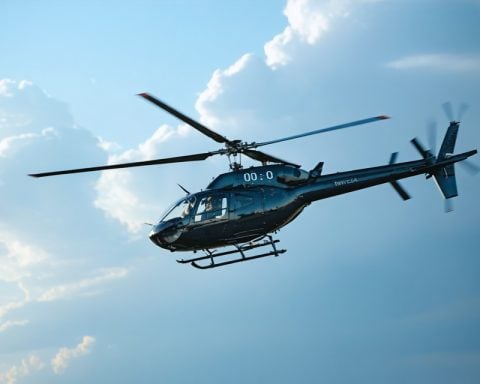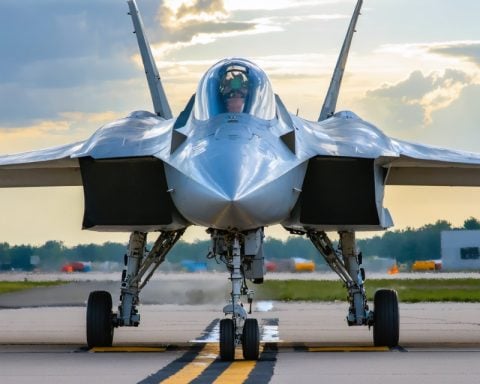Turkey has revealed significant defense goals as it pushes forward with its military projects. Defense Minister Yaşar Güler recently presented the 2025 defense budget to the Turkish Grand National Assembly, highlighting intriguing advancements in Turkey’s aviation endeavors.
Güler stated that, despite the setback from being removed from the F-35 program due to acquiring Russian S-400 missile systems, there might be a window for Turkey’s re-entry into the program. One of the factors contributing to this potential shift is the successful launch of Turkey’s indigenous fighter jet, the KAAN. Güler emphasized that this remarkable achievement has played a role in Turkey’s strategic positioning.
In connection to this, an American source shed light on the U.S. perspective by noting that any change requires a resolution regarding the S-400 issue. The source highlighted that if Turkey addresses this concern, the U.S. would consider welcoming Turkey back into the F-35 family.
Furthermore, Güler discussed advancements in the F-16 program, explaining that Turkey will acquire 40 F-16 Block 70 “Viper” jets from the U.S. for $7 billion. The modernization of existing F-16s will occur in Turkish facilities, allowing for significant technology transfer to Turkey.
While these developments hint at a potential reconnection with the F-35 initiative, the S-400 dilemma remains a pivotal hurdle. U.S. representatives have reiterated their position that Turkey must resolve this issue to progress in defense collaborations.
Turkey’s Defense Ambitions: Navigating Opportunities and Challenges
Turkey is embarked on a notable journey to enhance its defense capabilities, a trajectory that gained renewed focus with the recent unveiling of its 2025 defense budget. Central to this vision is the advancement of its aviation projects, highlighted by the introduction of an indigenous fighter jet, the KAAN. This innovative step could pave the way for Turkey to re-establish connections with significant international defense programs, such as the F-35 initiative.
One of the critical components of Turkey’s defense strategy involves its existing aviation projects. As part of its modernization efforts, Turkey aims to acquire 40 F-16 Block 70 “Viper” jets from the U.S., with a financial outlay of approximately $7 billion. What makes this deal particularly beneficial for Turkey is the stipulation that the modernization of Turkey’s existing fleet of F-16s will take place in domestic facilities, allowing for substantial technology transfer and skill development within the country. This could strengthen Turkey’s internal capabilities and reduce its dependency on foreign technology.
Despite these advances, Turkey faces significant diplomatic hurdles, primarily due to its prior acquisition of the Russian S-400 missile systems, which led to its removal from the F-35 program. The U.S. stance remains firm: Turkey can only re-enter the F-35 family once the S-400 issue is decisively resolved. This diplomatic impasse underscores the complexities of navigating international alliances while pursuing national defense goals.
The introduction of the KAAN jet marks a critical milestone for Turkey, serving as a symbol of the country’s self-reliance and potential influence within the global aviation sector. However, the ultimate realization of Turkey’s ambitions will depend on its ability to reconcile existing international tensions and forge new collaborative pathways.
Overall, Turkey’s defense advancements are not merely about military might; they reflect the nation’s broader aspirations in global politics, economics, and technology. As Turkey continues to innovate, questions surrounding its future role in international defense collaborations persist. Will Turkey manage to balance its domestic ambitions with its international alliances? The coming years will provide crucial insights into the evolving landscape of Turkey’s defense strategies.







